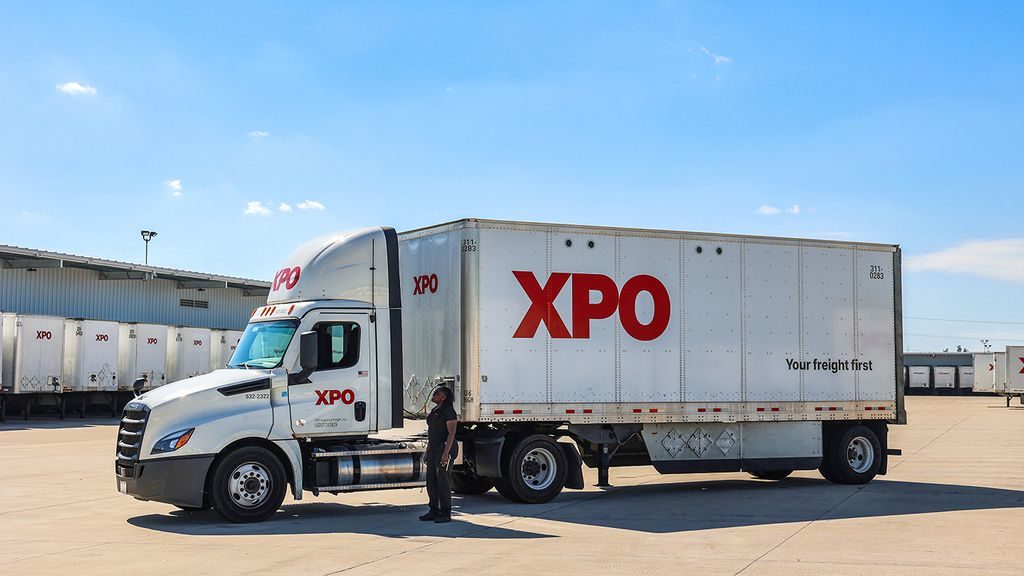XPO beats Q3 expectations in a tough freight market
Freight transportation firm sees profits drop to $86 million from $92 million last year, in same quarter that Yellow Corp. collapsed

The less-than-truckload (LTL) freight transportation company XPO saw its profits dip just slightly in the third quarter compared to the same period last year, calling that result a win since it took place near the trough of a freight recession during turbulent market conditions.
XPO’s CEO, Mario Harik, said in a release that “Our third quarter results exceeded expectations, with solid growth in revenue and profitability, and strong forward momentum,” reflecting a solid performance in a soft industry environment for freight transportation.
For the third quarter 2023 (covering the three months ending September 30), XPO’s revenue was $1.98 billion, compared to $1.95 billion for the same period in 2022. The year-over-year increase in revenue was due primarily to higher tonnage per day and yield, excluding fuel, in the North American LTL segment, partially offset by lower fuel surcharge revenue.
And the Greenwich, Connecticut-based company’s net income from continuing operations attributable to common shareholders was $86 million for the third quarter 2023, compared with $92 million for the same period in 2022.
The third quarter of 2023 was a stormy one for logistics managers, according to the Q4 TD Cowen/AFS Freight Index, recently released by third party logistics provider (3PL) AFS Logistics. “UPS-Teamsters negotiations and the Yellow collapse kept logistics managers on their toes this summer assessing risk and managing contingency plans,” Tom Nightingale, CEO of AFS, said in the report. “Yet even as irregular shocks pressure certain transportation markets, we still see the effects of soft demand and the current macroeconomic climate empowering shippers to find relief.”
The major disruptive force during that period was the collapse and bankruptcy of Yellow Corp., which had been the nation’s third largest LTL carrier. According to the AFS report, its Q3 index data showed that the LTL rate per pound index grew 2.2% quarter-over-quarter following the Yellow collapse in August. Two-thirds of that lift came from the increase in average linehaul charge, which can be attributed to two main factors: 1. carriers exercising restraint on pricing in anticipation of Yellow’s demise, and 2. freight moving from Yellow, a lower-cost carrier, to carriers with higher average pricing.
Related Articles
Copyright ©2024. All Rights ReservedDesign, CMS, Hosting & Web Development :: ePublishing